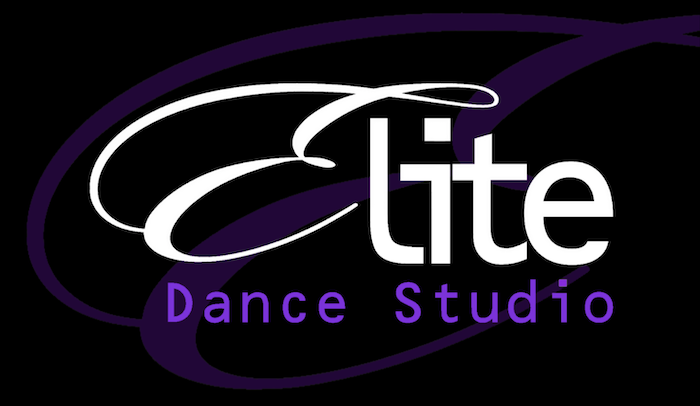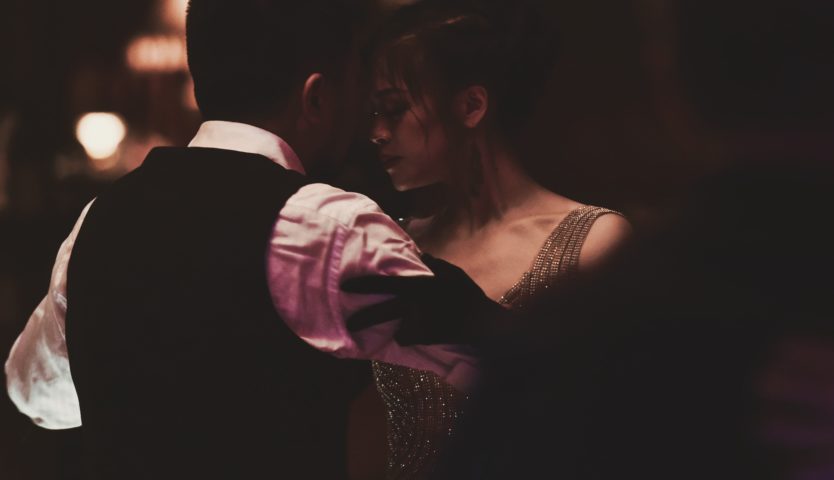Posted by on Jan 9, 2019 in Blogs
You may be surprised to learn how many different styles of tango there are. Because tango is a highly improvisational and personal dance, it’s not hard to see how it quickly evolved from its traditional form as it moved across the world. Differing in tempo, basic dance movements, and the level of personalization allowed, the tango got a slightly new look in each country it visited. Read on to learn about eight different styles of tango from all around the globe.
Argentine Tango
Argentine tango is one of the original types of tango that contains all the fundamental elements of 19th century tango styles: a flexible embrace, varied postures and lots of sensuality. It’s a complex dance with virtually unlimited improvisational opportunities, making it very different from the more rigid ballroom tango.
Ballroom Tango
Ballroom tango was initially developed from Argentine tango styles but was modified to fit into the category of ballroom dancing. Considered one of the easiest ballroom dances to learn, it’s a great choice for beginners! This style is divided into two categories, American and International. The International style is mainly used in competitions, while the American style is considered to be more of a social dance.
Salon Tango
This style was founded in Buenos Aires between 1935-1952. Salon-style tango can be danced in an open or closed position and is known for its flexible embrace which allows for lots of hip movement from both dancers.
Tango Nuevo
Also known as new tango, this style is known for its complex moves and mixes of jazz, electronic and alternative elements. Each dancer must maintain their own axis and keep a loose embrace. Tango Nuevo is a popular choice as it can be performed to both traditional and non-traditional tango music.
Finnish Tango
Tango gained popularity in Finland after the first World War. Although Finnish tango is an established variation of the Argentine tango, it has characteristics that differ from both competitive and Latin American styles. This style is known for close contact, frequent dips and rotations, and the absence of kicks or aerials.
Uruguayan Tango
This style of tango is extremely old and is said to have been developed at the same time as the earliest Buenos Aires tango styles. Today, Uruguayan tango consists of several sub-styles and can be danced to many types of music. Contrary to ballroom style, the body moves first in Uruguayan tango, requiring the feet to “catch up” and support the movement.
Tango Apilado
In Spanish, Apilado means “piled up”, which is exactly what dancers do with their bodies in this tango style. Tango Apilado is characterized by the strong lean the lead and follower have against each other. This close embrace makes this style excellent for crowded dance floors.
Show Tango
Also known as Fantasia tango, this style combines several different tango styles and is known for its exaggerated movements and flourishes. These “extra” dance elements make this style perfect for the stage.
Interested in learning the tango? Elite offers ballroom dance classes for all ages and skill levels. Register today!


